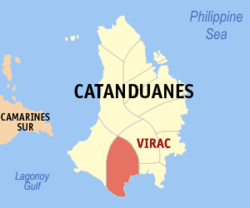
Catanduanes, officially the Province of Catanduanes, is an island province located in the Bicol Region of Luzon in the Philippines. It is the 12th-largest island in the Philippines, and lies to the east of Camarines Sur, across Maqueda Channel. Its capital is Virac. It had a population of 271,879 people as of the 2020 census.
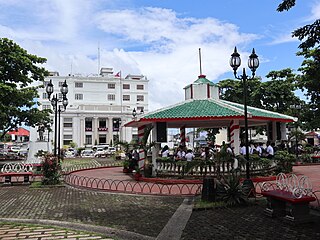
Tabaco, officially the City of Tabaco, is a 4th class component city in the province of Albay, Philippines. According to the 2020 census, it has a population of 140,961 people.

Casiguran, officially the Municipality of Casiguran, is a 4th class municipality in the province of Sorsogon, Philippines. According to the 2020 census, it has a population of 35,602 people.
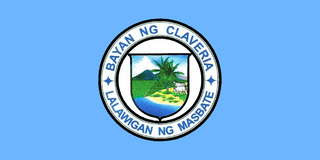
Claveria, officially the Municipality of Claveria, is a 3rd class municipality in the province of Masbate, Philippines. According to the 2020 census, it has a population of 42,142 people. Ranked 592nd among 1,488 municipalities in the Philippines.

Tiwi, officially the Municipality of Tiwi is a 1st class municipality in the Province of Albay, Philippines. According to the 2020 census, it has a population of 56,444 people.

Bagamanoc, officially the Municipality of Bagamanoc, is a 5th class municipality in the province of Catanduanes, Philippines. According to the 2020 census, it has a population of 11,086 people.
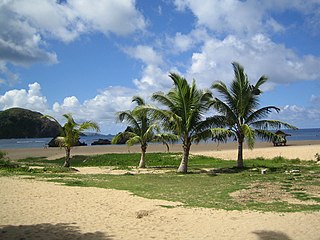
Baras, officially the Municipality of Baras, is a 5th class municipality in the province of Catanduanes, Philippines. According to the 2020 census, it has a population of 13,484 people.

Bato, officially the Municipality of Bato, is a 5th class municipality in the province of Catanduanes, Philippines. According to the 2020 census, it has a population of 21,748 people.

Caramoran, officially the Municipality of Caramoran, is a 3rd class municipality in the province of Catanduanes, Philippines. According to the 2020 census, it has a population of 32,114 people.
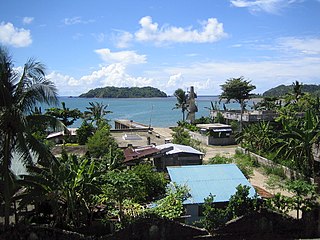
Gigmoto, officially the Municipality of Gigmoto, is a 5th class municipality in the province of Catanduanes, Philippines. According to the 2020 census, it has a population of 8,712 people.

Pandan, officially the Municipality of Pandan, is a 4th class municipality in the province of Catanduanes, Philippines. According to the 2020 census, it has a population of 21,473 people.

Panganiban, officially the Municipality of Panganiban, is a 5th class municipality in the province of Catanduanes, Philippines. According to the 2020 census, it has a population of 9,713 people.

San Andres, officially the Municipality of San Andres, is a 3rd class municipality in the province of Catanduanes, Philippines. According to the 2020 census, it has a population of 38,480 people.

San Miguel, officially the Municipality of San Miguel, is a 5th class municipality in the province of Catanduanes, Philippines. According to the 2020 census, it has a population of 15,680 people.

Viga, officially the Municipality of Viga, is a 4th class municipality in the province of Catanduanes, Philippines. According to the 2020 census, it has a population of 22,869 people.

Aroroy, officially the Municipality of Aroroy, is a 1st class municipality in the province of Masbate, Philippines. According to the 2020 census, it has a population of 88,351 people. The town is known for the Kalanay Cave, one of the most important archaeological sites in Masbate province.

Lagonoy, officially the Municipality of Lagonoy, is a 2nd class municipality in the province of Camarines Sur, Philippines. According to the 2020 census, it has a population of 56,714 people.

Pamplona, officially the Municipality of Pamplona, is a 3rd class municipality in the province of Camarines Sur, Philippines. According to the 2020 census, it has a population of 39,333 people.

Tinambac, officially the Municipality of Tinambac, is a 1st class municipality in the province of Camarines Sur, Philippines. According to the 2020 census, it has a population of 70,176 people.

Jomalig, officially the Municipality of Jomalig, is a 5th class municipality in the province of Quezon, Philippines. According to the 2020 census, it has a population of 7,667 people.

